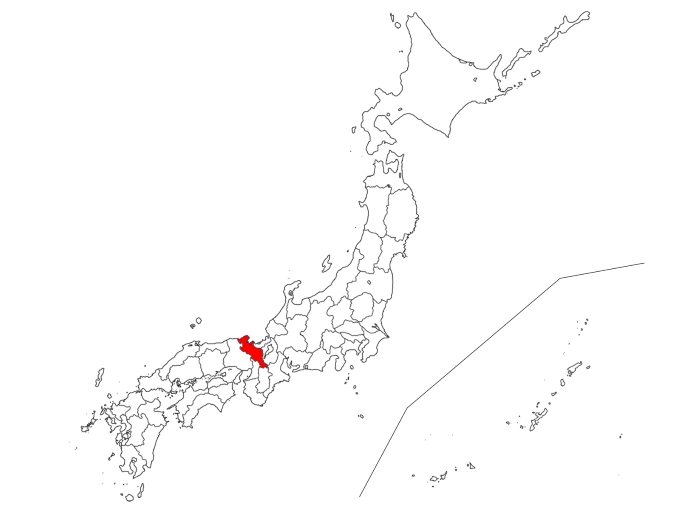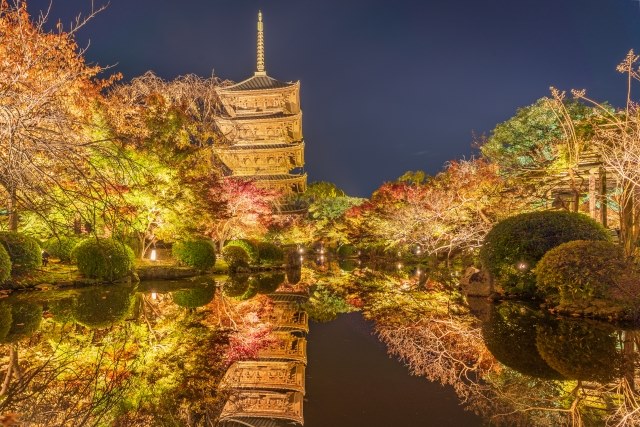Contents
1.Basic Information
The central part of Kyoto, also referred to as “Rakuchu,” is centered around the Kyoto Imperial Palace, extending from Kita-Oji in the north to Kujo in the south. The area is characterized by a grid-like street layout that dates back to the Heian period, with the busy crossroads of Karasuma Street, Kawaramachi Street, and Shijo Street known for shopping and dining. This area is dotted with many temples and shrines, such as Higashi Honganji, Nishi Honganji, Toji, Nijo Castle, and Kitano Tenmangu.
Shoseien Garden (Shoseien)
About 370 years ago, Shoseien was created on land gifted to Higashi Honganji by the third shogun, Tokugawa Iemitsu. Designed by a famous gardener, the garden offers a variety of beautiful views known as the “Thirteen Views” and features a variety of flowers throughout the seasons.
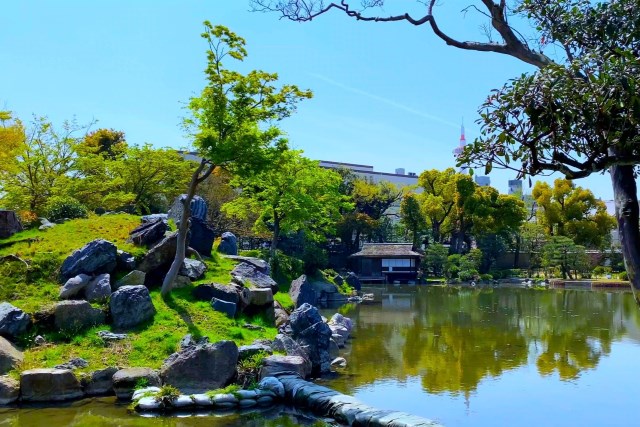
Former Imperial Villa Nijo Castle (Motorikyu-nijyoujyo)
Nijo Castle was built in 1603 by Tokugawa Ieyasu, the first shogun of the Edo shogunate, as a stronghold in Kyoto. In 1867, it was the site where the last shogun, Tokugawa Yoshinobu, declared the restoration of authority to the Emperor. It is registered as a World Heritage Site and is popular as a tourist destination. In 2020, it ranked second in the nation for the number of visitors among Japanese castles.
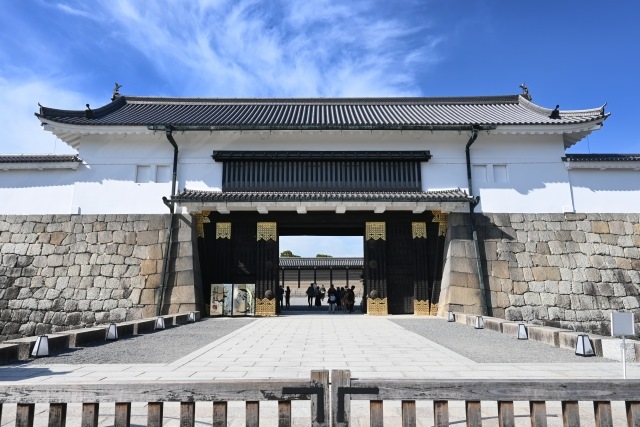
Kitano Tenmangu
Kitano Tenmangu shrine venerates Sugawara no Michizane, a scholar and politician of the Heian period, and is especially revered as the deity of learning. It is famous as a place where students pray for success in their exams. The main hall is a national treasure, showcasing the flamboyant Momoyama architectural style from the era of Toyotomi Hideyoshi. The shrine is known for its plum blossoms and autumn leaves, offering beautiful nature throughout the year.
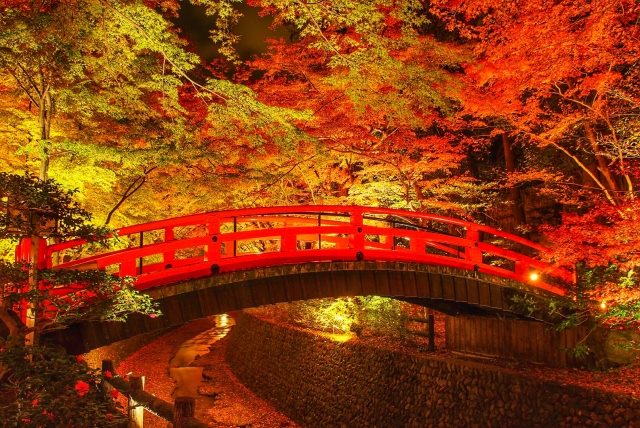
Kyoto Imperial Palace (Kyoto-gosyo)
The Kyoto Imperial Palace was the residence of the Emperor from the time the capital was moved to Kyoto in 794 until the Meiji Restoration. It has been rebuilt several times after fires, with the last major reconstruction occurring in 1854. It houses the Takamikura, an imperial throne used for the enthronement ceremonies of the Taisho and Showa emperors.
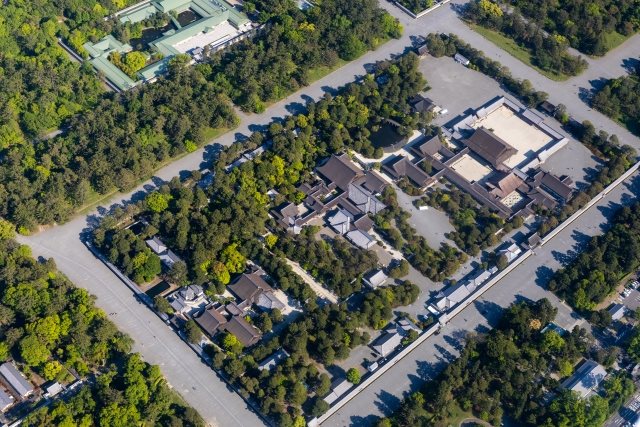
Toji Temple (Toji)
Founded in 796 by Emperor Kanmu, Toji served as the place where Kukai (Kobo Daishi) spread the teachings of Shingon esoteric Buddhism. The temple complex includes Japan’s tallest wooden pagoda and many historical buildings designated as national treasures and important cultural properties. It is a popular photo spot, especially when illuminated during the autumn foliage season.
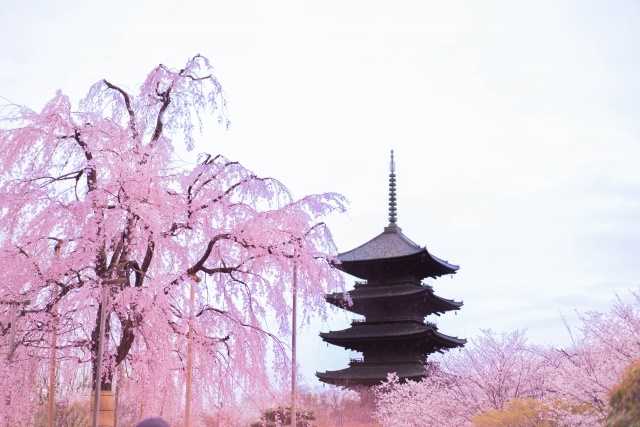
2.Reviews
Kyoto Tower
Kyoto Tower, standing in front of Kyoto Station, is the tallest non-steel-frame structure in the world. Resembling a lighthouse, it is the tallest building in Kyoto at 131 meters high. The observation deck offers unobstructed 360-degree panoramic views of the city, and the night view is particularly spectacular. Access to Kyoto Station and the bus terminal is convenient, making it an ideal starting point for sightseeing in Kyoto.
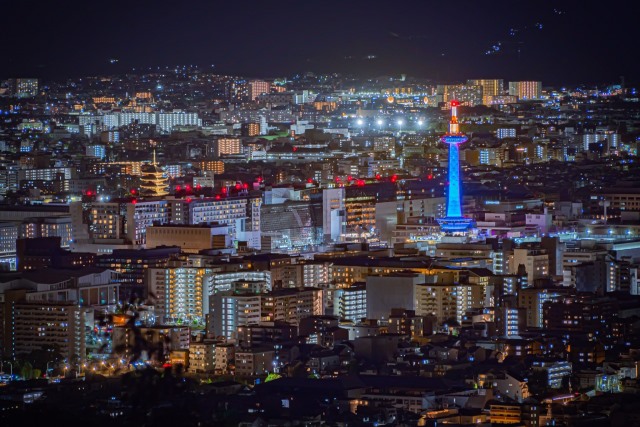
Nishiki Market (Nishiki-ichiba)
With over 400 years of history, Nishiki Market, affectionately known as “Nishiki” by locals, is lined with many shops along a narrow street. Located just one block north of Shijo Street,
the 390-meter-long arcade is home to about 130 stores. Here you can find fresh ingredients and rare foods, and experience Kyoto’s unique food culture and the expertise of specialists.
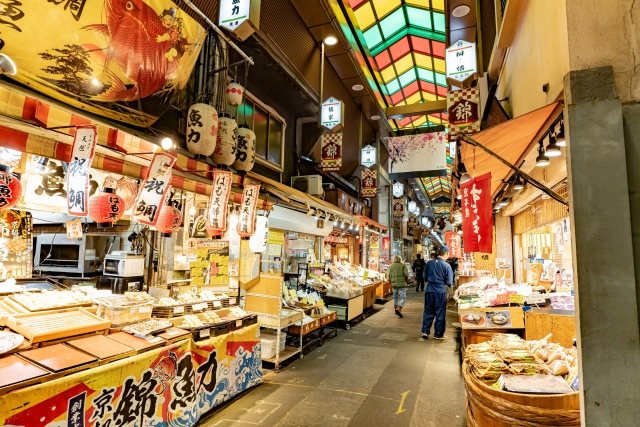
Pontocho
Pontocho, a narrow street about 500 meters long along the Kamo River, is one of Kyoto’s traditional entertainment districts. The area has many traditional establishments, such as training places for geisha, tea houses, and high-class Japanese restaurants, frequented by locals. The area is also becoming popular with young people, with stylish restaurants utilizing old buildings.
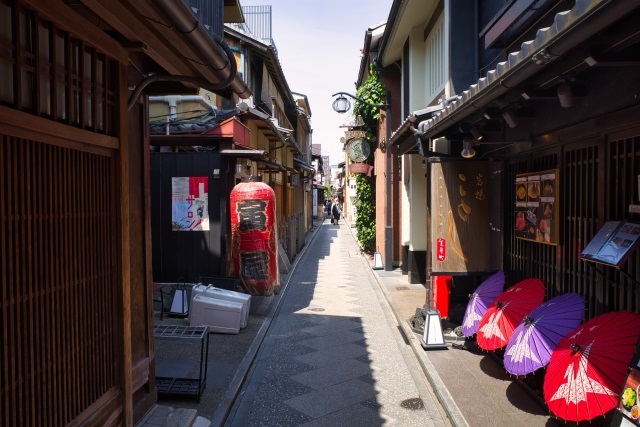
3.Local Food



4.Transportation Information
■ How to Get to Kyoto
Kyoto City Official Website (available in English, Korean, Simplified Chinese, Traditional Chinese, French, and Spanish)
https://ja.kyoto.travel/
5.Map Information
